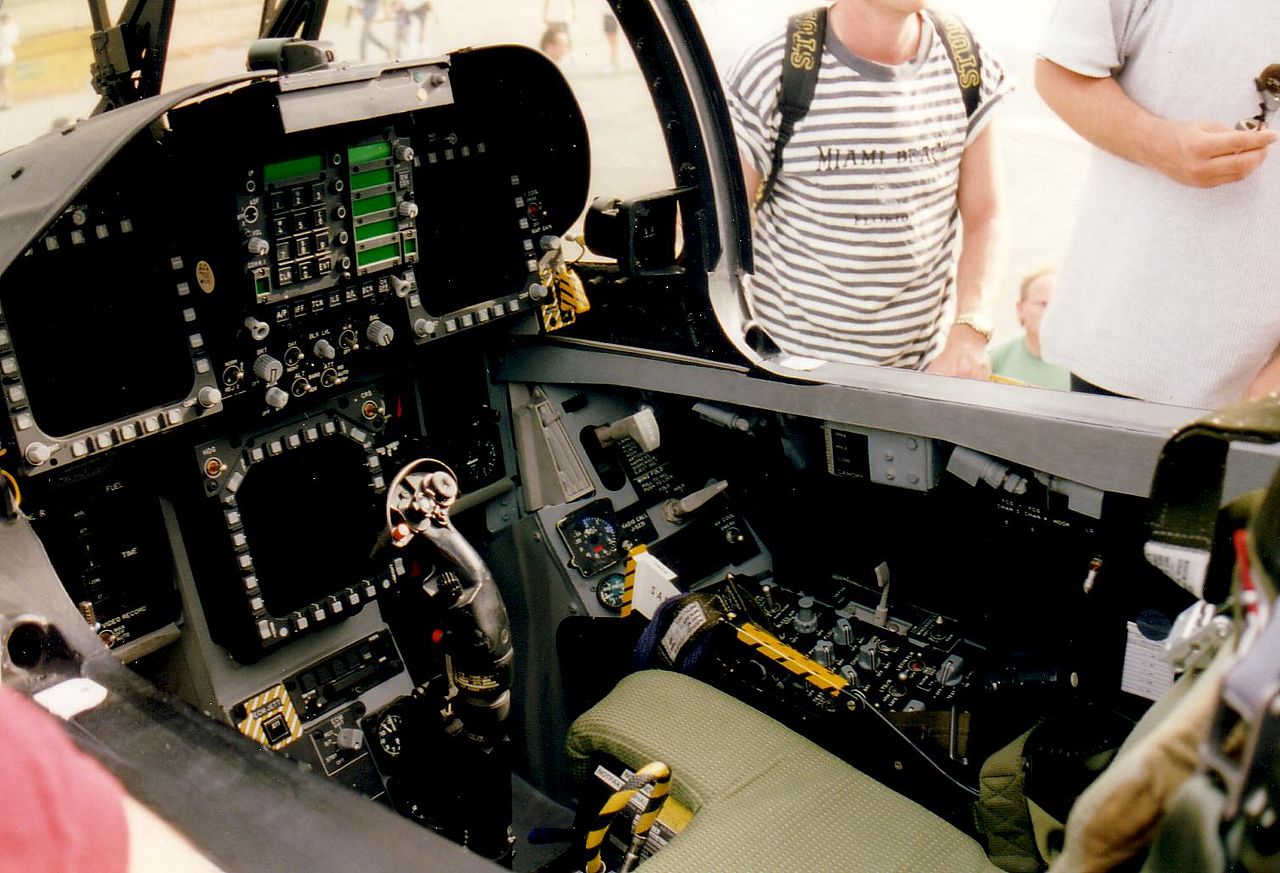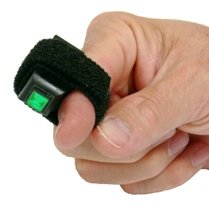Fighter pilots
While the life of a fighter pilot might seem very adventurous and full of fun, a lot of planning and preparation goes into being a fighter pilot. As the old saying goes, not everything is as it seems and Hollywood has certainly not helped.
According to USAMM.com, 90 percent of the job is preparation. They show up at their units and prepare for the flight by studying or examining mission boards so every fighter pilot is on the same sheet of music.
The mission will get briefed about two-and-a-half hours prior to takeoff. Mission briefs can take about an hour to complete depending on the complexity of the mission.

A fighter pilot then will go to the aircrew flight equipment room to put on their gear.
F/A-18 Hornet pilots cut the fingertips off their gloves
Fighter pilots, like motorcyclists, “dress for the slide, not the ride.” As explained by Popular Mechanics, their gear is meant for frost, flotation and… flames like the fire-resistant gloves they wear under the Nomex flight suit. The jumpsuit’s Velcro cuffs help creates a tight seal.
However, some F/A-18 Hornet pilots cut the fingertips off their gloves. Why?
‘I didn’t cut the tips from my fingers in the A-6, but in the F/A-18C, I cut off the tips of the thumbs and index fingers [of GS/FRP-2 gloves],’ Tim Hibbetts, former US Navy A-6E Intruder and F/A-18C Hornet pilot, tells on Quora.

F/A-18 Hornet pilots naked fingertips
‘In the image above, you can see the upper-center console with the number pad. That’s how you programmed a great many things when I was flying it. You still do, but far less than before. Most people would lay their four fingers along the left side and type with the left thumb. Most of the gloves didn’t fit well enough to keep from missing that definite, unerring key stroke. The right thumb was useful for typing at times, too (you could use your knees to nudge the stick, ala the ’72 Nova on those desert highways).
‘You can also see that many of the knobs and switches are shaped differently than those around them. This is designed for blind cockpit use. You should be able to deftly grab a switch or knob and know its function by feel and approximate location. The naked fingertips help.’
Naked fingertips help
Hibbetts continues;
‘The primary reason for the right index finger is this little dude:
‘At night, you can tap the front and it acts as a little flashlight. It’s perfect for writing and a multitude of other uses (like indicating to the deck crew that your jet is up as you’re taxiing out of the landing area after you’ve landed; you tap it “on” and wave it in a circle). Strapping it around the glove just gave it too much wobble for me.’
The downside
Hibbetts concludes;
‘The obvious downside is fire, but, being young and fireproof (and immortal), most of us decided being able to feel well (vice feel good) was worth it. We were very conscientious about making sure our sleeves were rolled down and tight around the gloves, though. Protect the arm hair!’
As explained by Popular Mechanics, US Naval Aviators now can also fly with Wiley X Aries flight gloves. These feature an exposed thumb, middle, and index finger for greater digital precision.
Photo by U.S. Navy and Jamcib via Wikipedia

